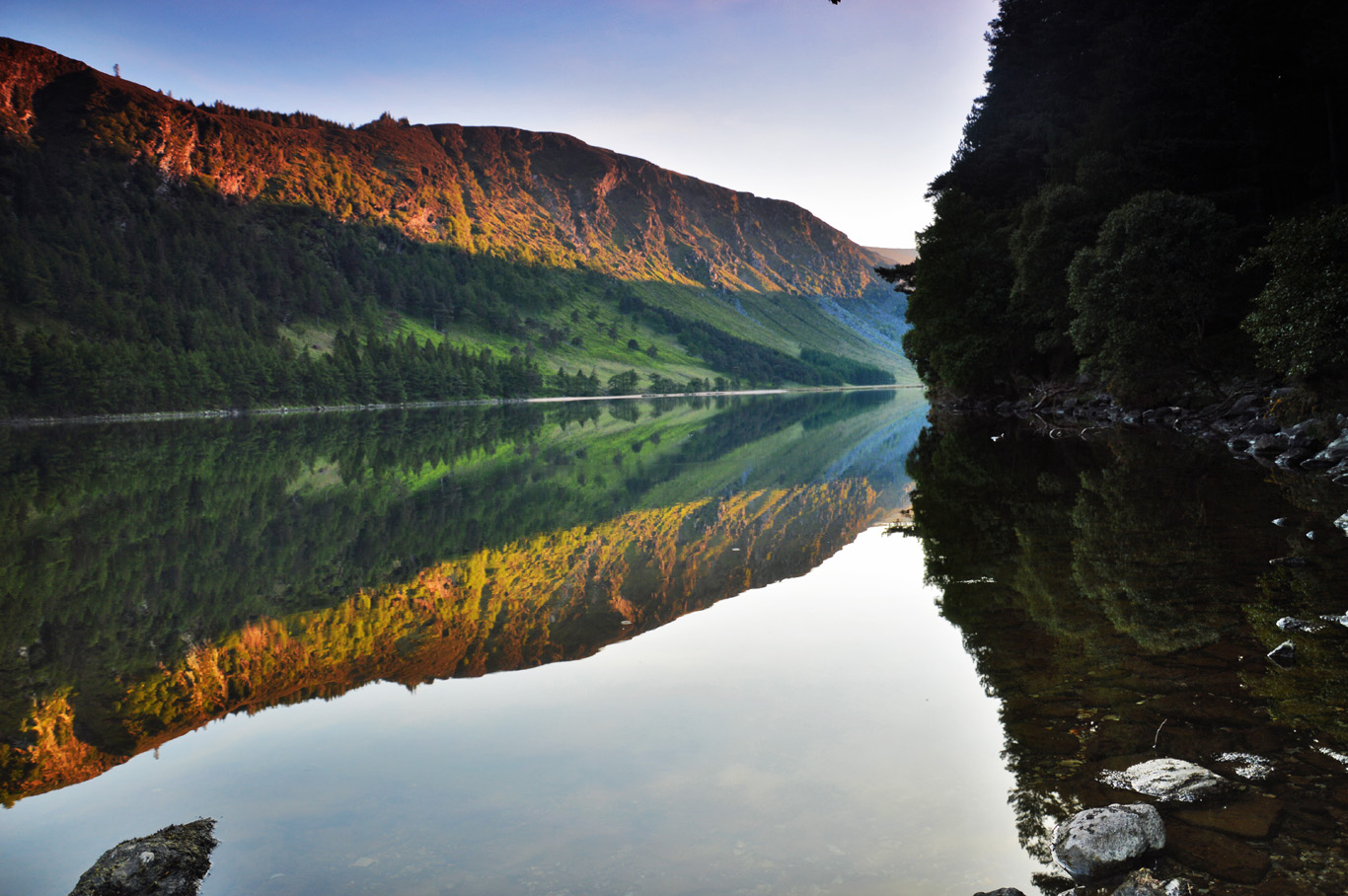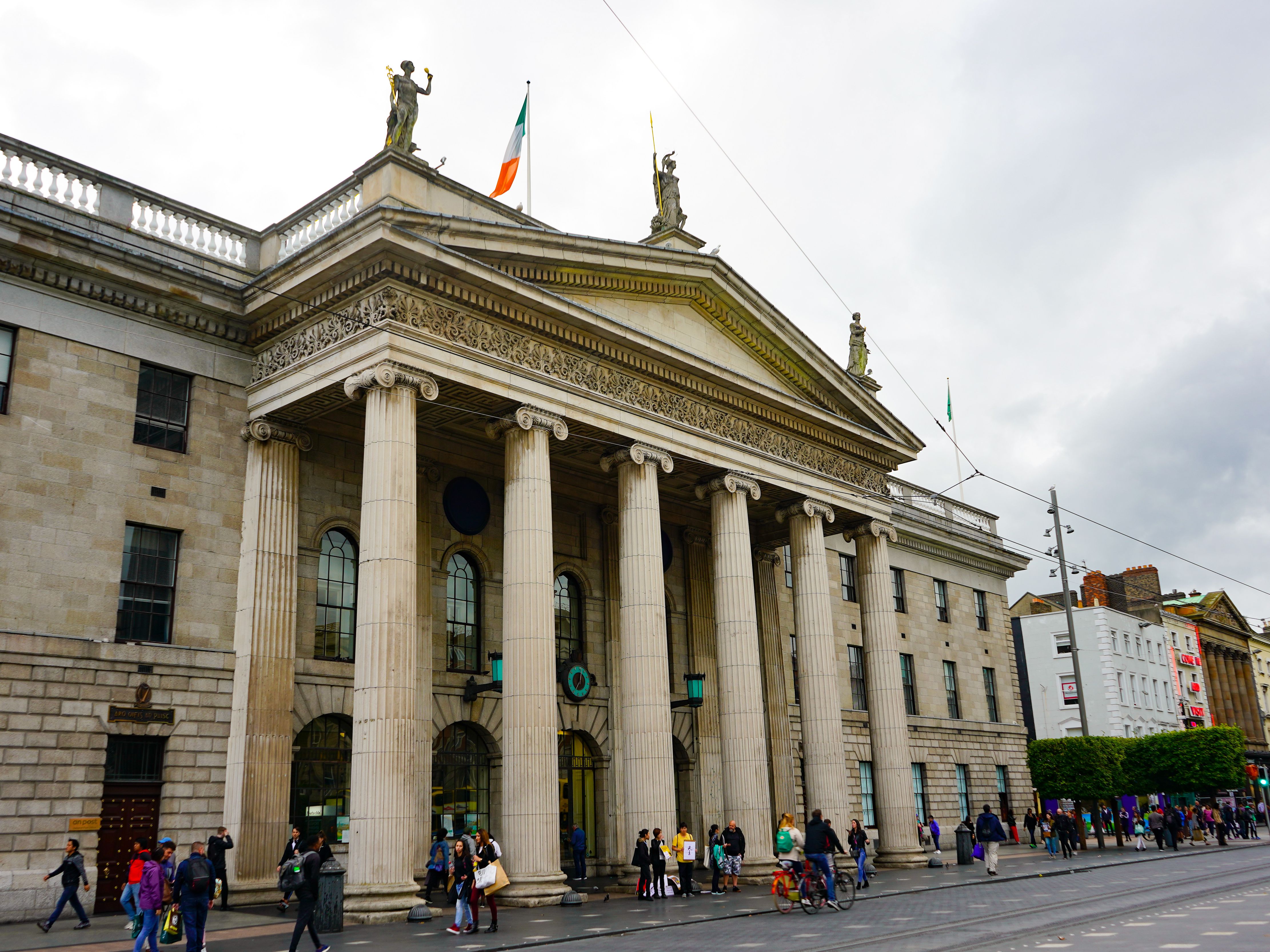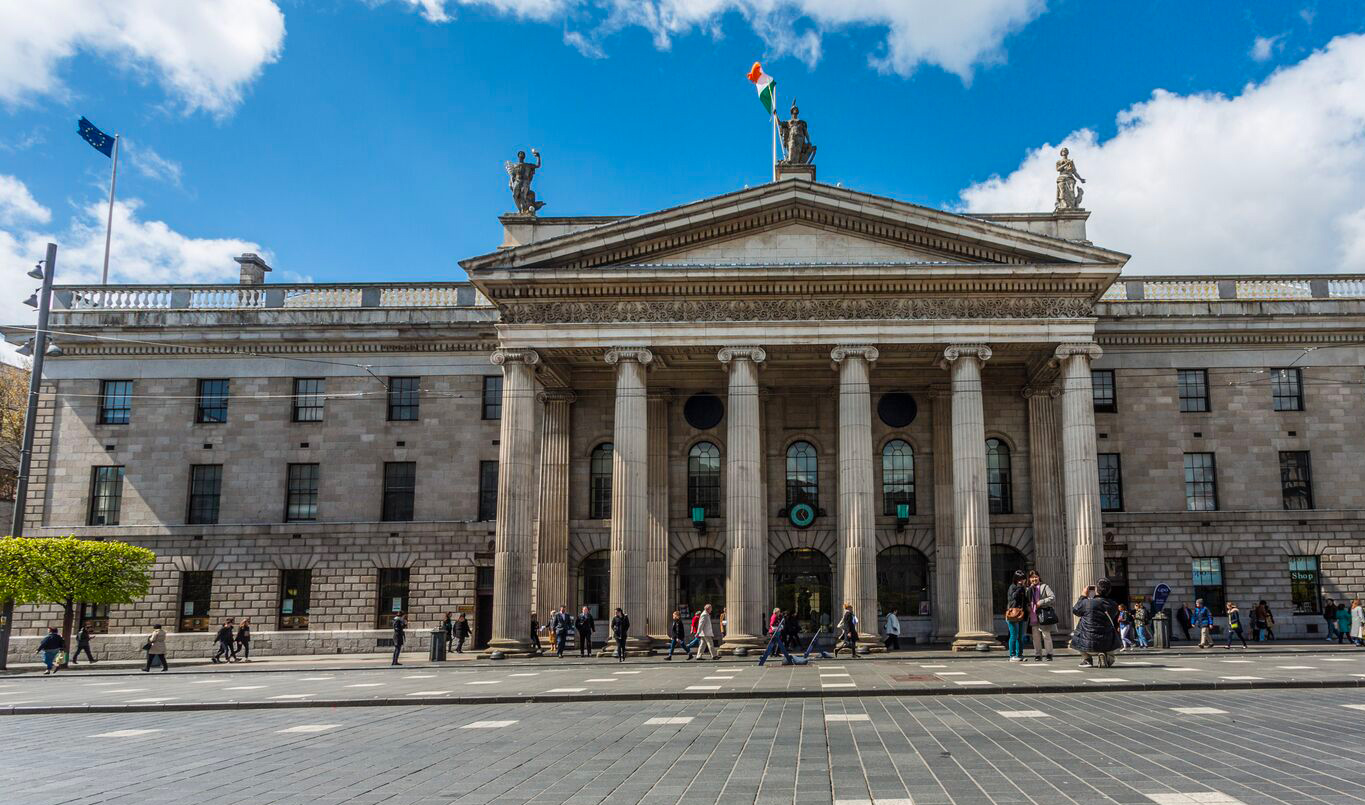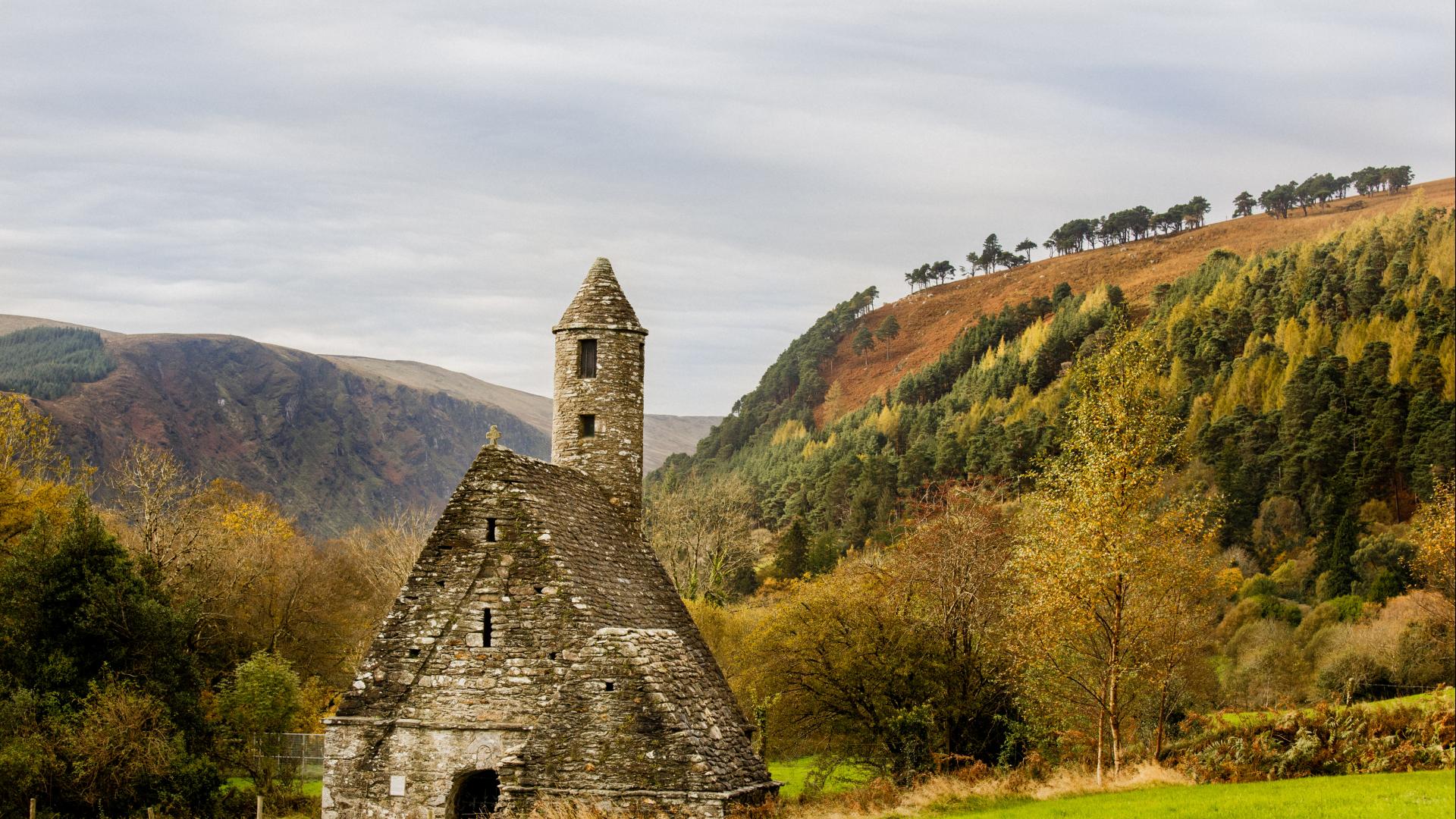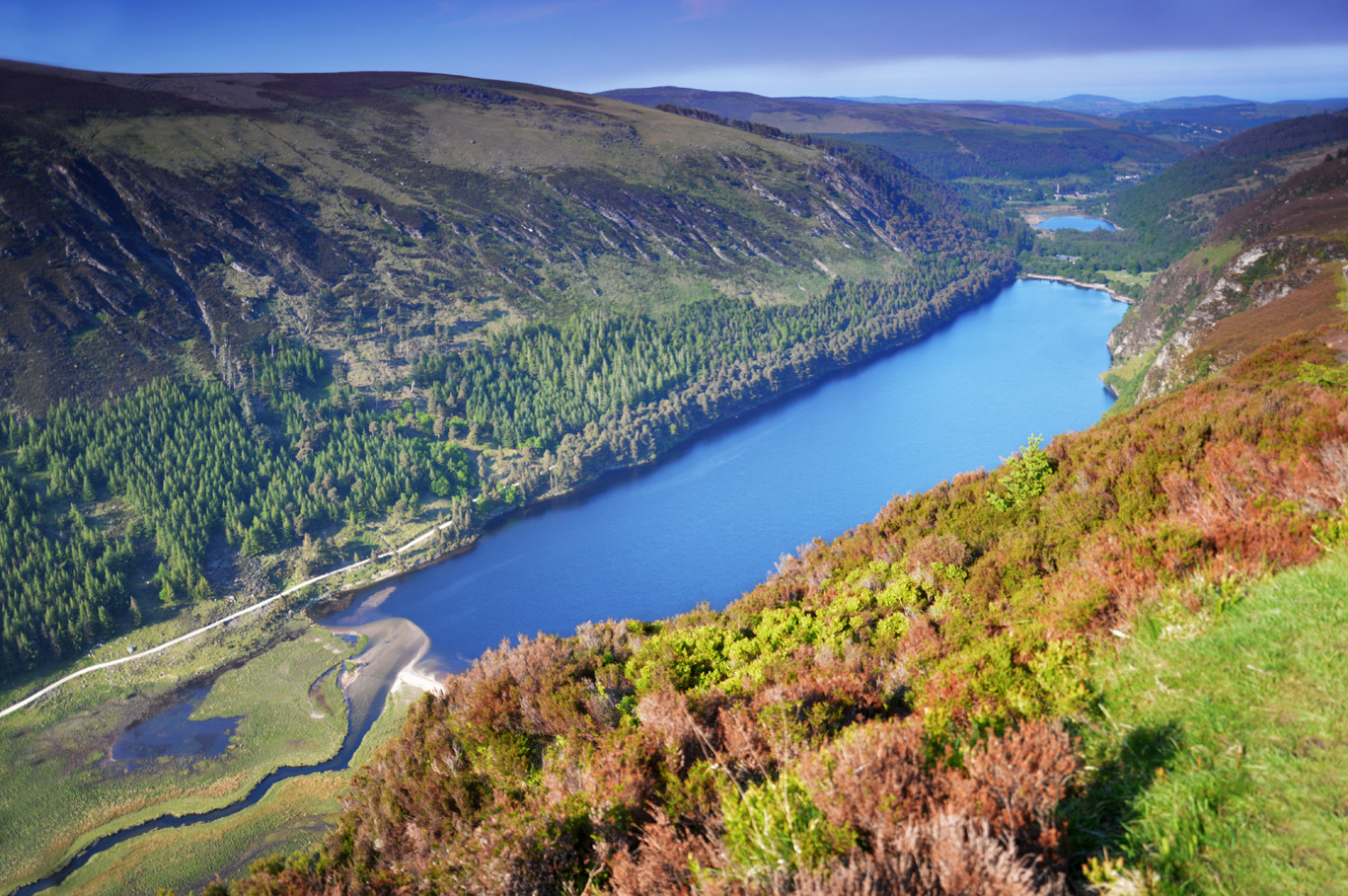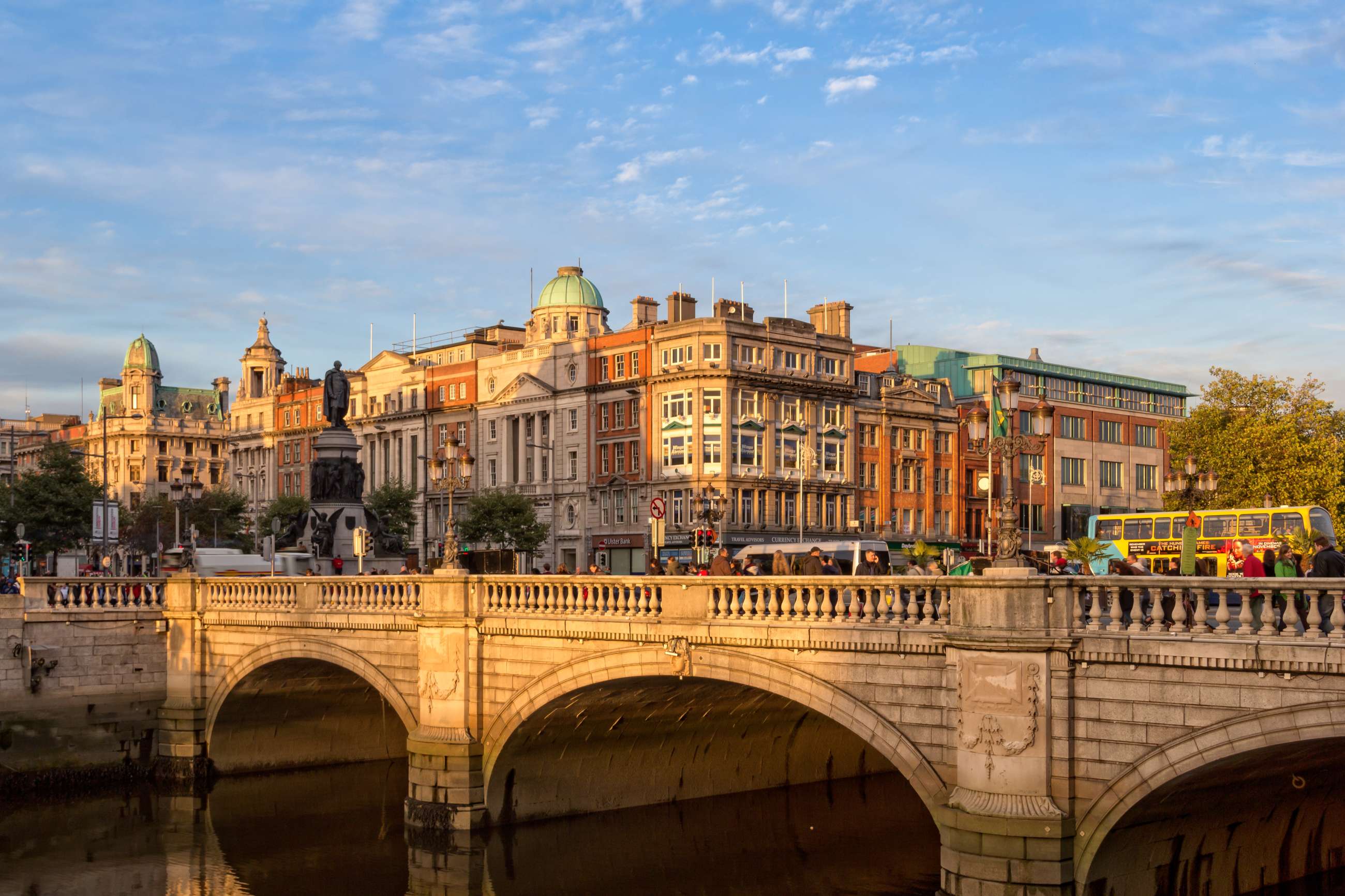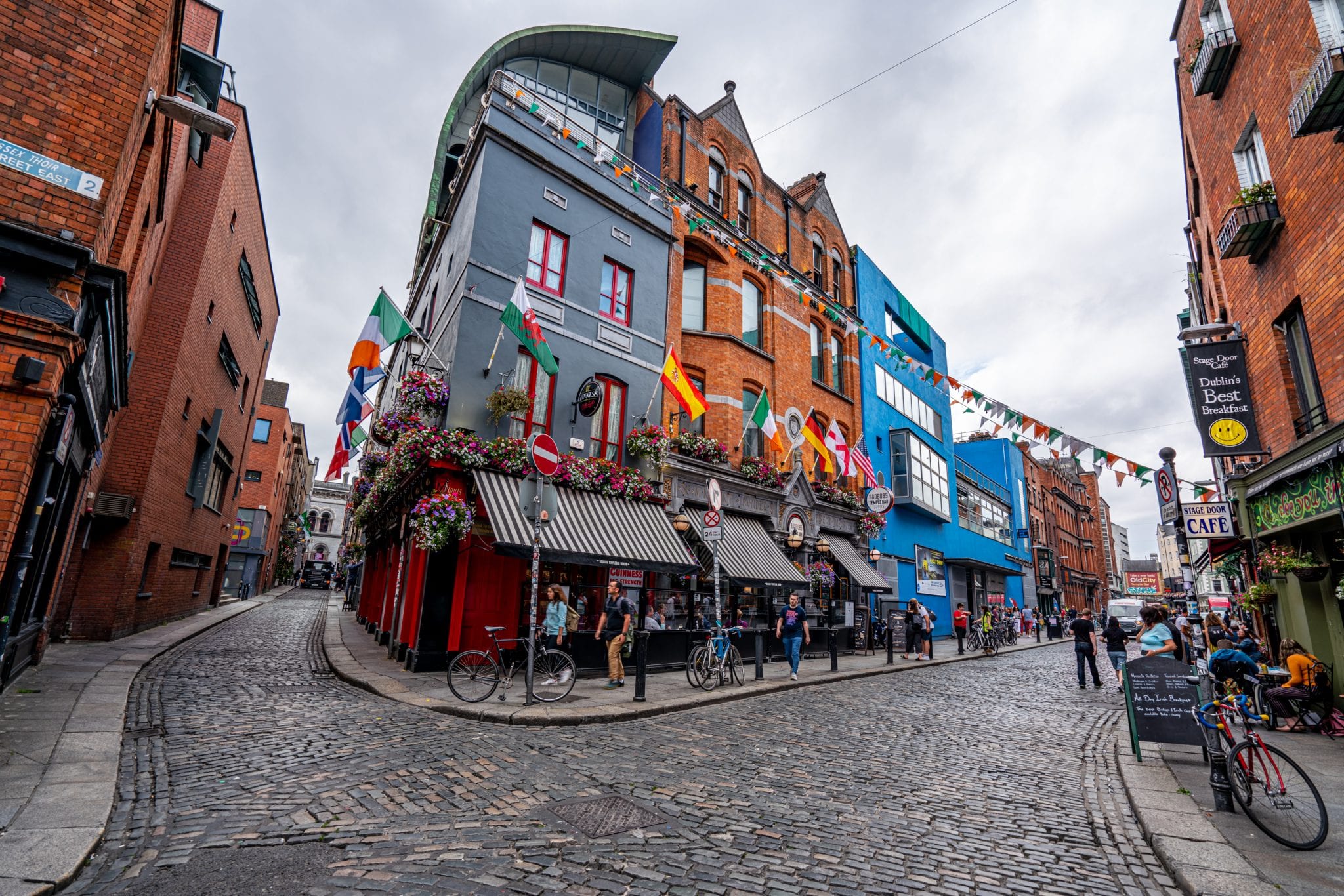 Photo permit included
Photo permit included
 Tour by public transport
Tour by public transport
 Canal Boat tour included
Canal Boat tour included
 Train tickets included
Train tickets included
 Suitable for little children
Suitable for little children
 Wheelchair accessible tour
Wheelchair accessible tour
 Museum ticket included
Museum ticket included
 Light snack included
Light snack included
 Lunch included
Lunch included
 Transportation included
Transportation included
 Walking Tour
Walking Tour
The tour is recommended to those who want to get to know more about Dublin and 'to go beyond' its well-known attractions. Of course, the tour will include seeing the Trinity College, St. Patrick's Cathedral and much more. However, you will also get to Glendalough to see its fascinating nature. Be ready to get impressed from the first second. Enjoy the landscape and feel the inner peace and calm. It's also a great opportunity to take amazing photos.
What's included
- English-speaking guide
- Pick-up and drop-off
- Transportation
- Food and drinks
- Entrance fees
- Pick-up and drop-off at the port
- Comfortable walking shoes required
- Sun creamd and sun har are recommended to take
Highlights
Itinerary
09:00
A wonderful full day tour which captures the highlights of Dublin and the picturesque Glendalough, known as the City of Seven Churches.
The tour starts with a drive to Glendalough, a glacial valley in Wicklow, followed by a look at Dublin’s highlights, including Powerscourt Gardens and Temple Bar. In Glendalough, you’ll have around 1.5-2 hours leisure time and the opportunity to look around the visitor centre, the round tower of St Kevin and perhaps to take a short walk around the lakes. In the afternoon, you’ll continue to Dublin for a guided, panoramic city tour, which will include the following sites:
- Georgian Square
- St. Patrick’s Cathedral
- Phoenix Park
- The residences of the President of Ireland and the American Ambassador to Ireland
- O’Connell Street
- The GPO, focus of the Easter Rising in 1916
- Trinity College
After the tour, you’ll be taken back to the Dublin cruise port in plenty of time for your cruise ship’s departure.
